Conservation Studio 1988
Conservation Treatment – Church Interior and (link to viritual walk through church)
http://spacery.perlykultury.pl/
I’ve spent the good part of my life in conservation areas, I wish to share my love of art conservation and I want to encourage interest in the whole art conservation area.
Now ,the parish church in Zernica. The parish church in Zernica existed before 1284. The first wooden church was destroyed during Hussite wars. The present wooden church was built between years 1648-1661. The interior of the church is a unique gallery of baroque church arts and included a baroque altar from 1648, two altars of 1756 and late baroque pulpit from 1671. It took me about 5 years to finish the project. The conservation treatment of all interior has been done during 5 years and finished in 2008.
Now quiet place.
The Brest Bible is one of the most precious monuments of Polish literature – the so-called also Bible Radziwillowska. Brest Bible was published in Brest in 1563, it was the second (after Leopolita Catholic Bible) translation whole Bible into Polish, made by Polish Calvinists. On the recommendation of John Calvin , the Bible had to be read in their native language. For this reason, the Polish Protestants needed their own translation of the Bible. The New Testament printed in 1552 by John Seklucjana in Königsberg was insufficient. Few exact (because based on the medieval translation) was the Catholic Bible Leopolita (Szarffenbergów) in 1561 . The Bible translation has been completed after 3 years (since 1557 ) the translation of the Pentateuch. Work on the translation from May 1560 was financed by Prince Nicholas Radziwill Black (cost was about 3,000 red-gold), and sponsored by the owner Pińczów -Nicholas Olesnicki . The Bible was printed in Brest-Litovsk with a circulation of about 500 copies. The bible was released in September 1563 by Bernard Wojewodka with a circulation about 500 copies and bible was dedicated to King Zygmunt August ( ). This was the first complete edition of the protestant bible. It has become an essential piece in the churches evangelical in the Grand Duchy and the Crown (it was the 720 churches of the Reformed and 64 251 Brethren ). The project was financed by Prince Nicholas Radziwill. The Bible has dimensions of 255 to 401 mm, contained 786 cards and weighs about 5 kg. The bible has contained carefully crafted woodcuts on the title page and in the Old Testament . Text was printed large Gothic font, and footnotes and explanations (on the edges and bottom of pages) – in smaller font sizes. When the son of the founder of the Bible Brest, converted by the Jesuits to Catholicism Nicholas Krzysztof Radziwill (Orphan) , as penance for the “sins of the father-heretic” decided to buy and destroy all copies of the Bible Brest. Despite the issue for this purpose a large sum of 5,000 ducats (red gold) he managed to destroy them all, but most of the Bible, which ceremonially burned on the market in Vilnius. The remaining copies were destroyed during the Counter-Reformation, survived only 20 to 40 pieces. This example was discovered in the basement and the book condition was extremely deteriorated condition and recommended to the conservation in 1993. Regardless of the lack of binding, the textbook printing has survived to our time in full. All leaves of the text block had been heavily soiled from repeated handling over the years and also from dirt and water damage. Generally the state of preservation was varied, the biggest damage occurred at the start and end block mainly. 
The goal of conservation intervention was to stop the process of the book degradation and recover the usability and aesthetic value corresponding to the time when the item came into being. Before starting the maintenance bible was disinfected in the book Rotanox gas in a vacuum chamber. After disinfection, microbiological tests were carried out confirming the purity of the object. Next, the conservation foliations pages were made (numbers are written in pencil applied to lower margin of the left side of the column of text), condition assessment with chemical research and photographic documentation was made. On the basis of research the information found that the handmade paper on which it was printed incunabula was made of rag mass consisting of fibres of flax and hemp. The results of the measurement of pH and were quite unusual because some pages were slightly acidic pH of 6.2 to 6.6 and streaks of yellowing in places the measurements were more acidic pH 5.5 to 5.7. Most of the pages be more alkaline or pH between 7.1 -9.6 The first stage of the worktext block was split. All pages have been separated and dry cleaned.
Few photos from one of my projects.
This collection of 10 gilded leather panels in Museum Przypkowskich in Poland is the only one of the collection of rococo’s 18-century cordovans in historic interiors in Poland. Still, I did believe I did this treatment 🙂
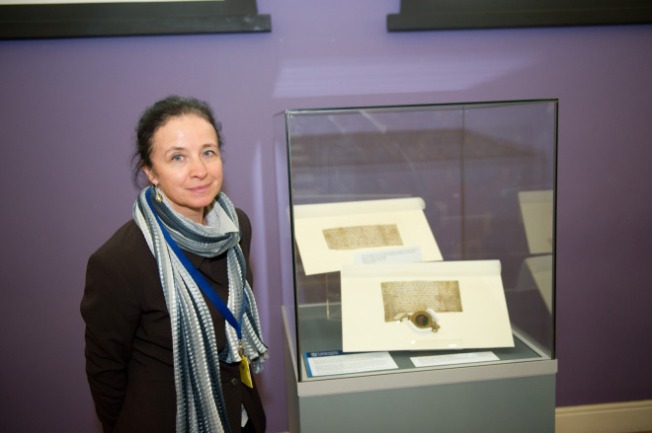
In 2008 I started work in University of Glasgow Archive Service. My responsibilities include all preservation issues at the Archive such as monitoring environmental controls, security, housekeeping, and storage and disaster preparedness. I also carry out paper conservation treatments in the University Library conservation studio with other conservators and professionals.
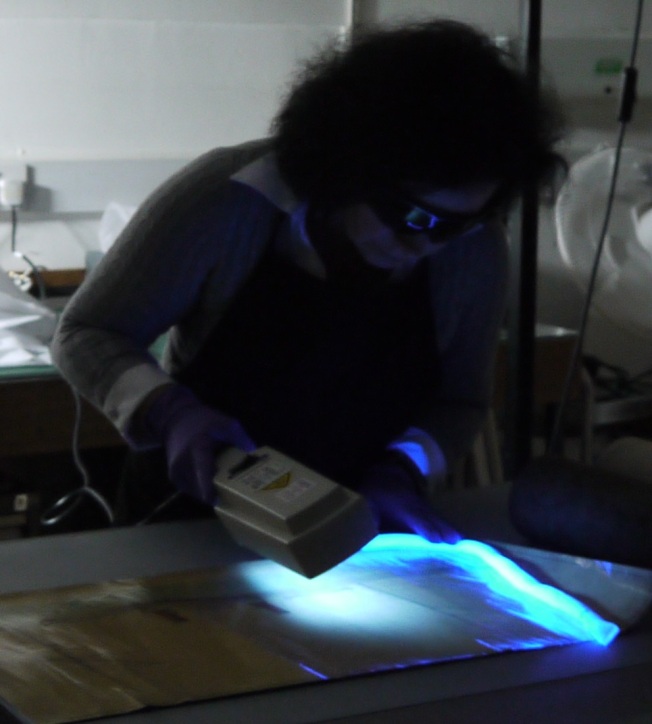
My preventive conservation work at the Archive unites training and overseeing to ensure that documents are handled and used correctly by staff members and the public. I am responsible for re-packaging, re-housing and advising on the correct storage of documents. My conservation work includes pre-treatment diagnostic examination and documentation; surface cleaning, aqueous paper treatments (where appropriate), paper, parchment and seal repair; humidification and flattening; and all aspects of archival materials conservation. I am a fully accredited conservator with the Professional Accreditation of Conservator-Restorers scheme through Icon (Institute of Conservation) since 2013.
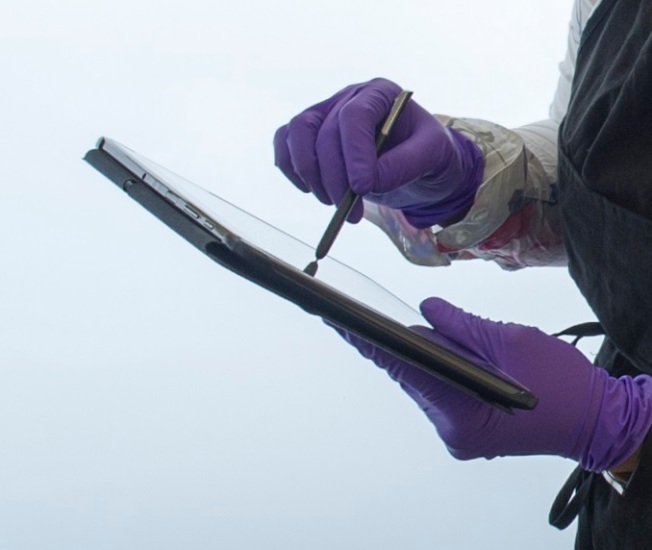
I know that the life without art is nothing
Ella
 I am qualified paper and leather conservator with some knowledge about chemistry, a technology of materials, and paper and parchment history and over twenty years of experience in the field of conservation with expertise in works of art on paper and archival materials. In 1986 after 5 years of studies at prestigious Nicholas Copernicus University, Faculty of Fine Arts, in Poland and completion of research thesis I received my postgraduate degree Magister Artium (the equivalent of Master of Arts). I received this degree in Preservation of Cultural Property specialising in the Conservation of Paper and Leather Historic Objects.
I am qualified paper and leather conservator with some knowledge about chemistry, a technology of materials, and paper and parchment history and over twenty years of experience in the field of conservation with expertise in works of art on paper and archival materials. In 1986 after 5 years of studies at prestigious Nicholas Copernicus University, Faculty of Fine Arts, in Poland and completion of research thesis I received my postgraduate degree Magister Artium (the equivalent of Master of Arts). I received this degree in Preservation of Cultural Property specialising in the Conservation of Paper and Leather Historic Objects.
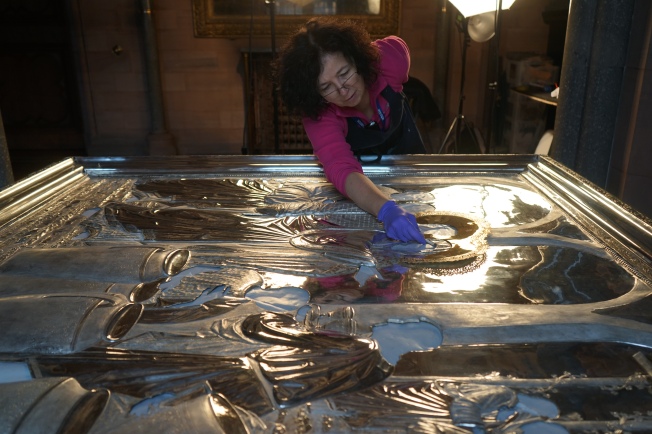
I was carrying out practical conservation work on a wide range of objects for museums, private collectors, city councils, and parishes. I have gained experience in handling objects made from a wide variety of different materials such as wood, polychromed or gilded, varnished and lacquered surfaces, paper, textile, leather, acryl, oil, watercolour paints.
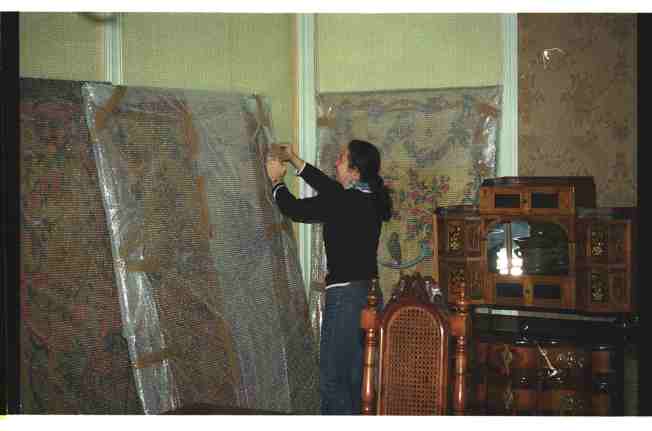
In 2007 I joined the staff of Museum of Transport in Glasgow as the Paper Project Conservator for the Riverside Project. I significantly extended my knowledge about paper objects, environmental condition paper objects, while working on conservation treatments and documentation of the collection.
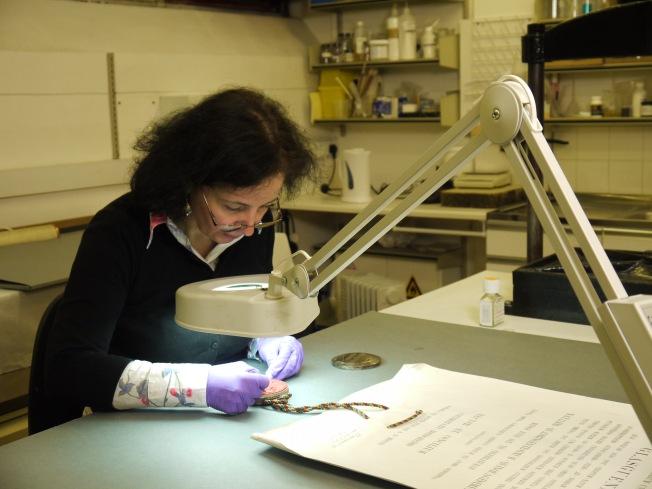
I was carrying out projects and assignments for Glasgow Museums and working as a team member. While working on the Riverside Project I gained deep knowledge about large collections and museum procedures. Now, I am working as a Preservation manager in Archives and Special Collections at The Glasgow University.
I’m just simply saying that I am a part of all I did.

Ella
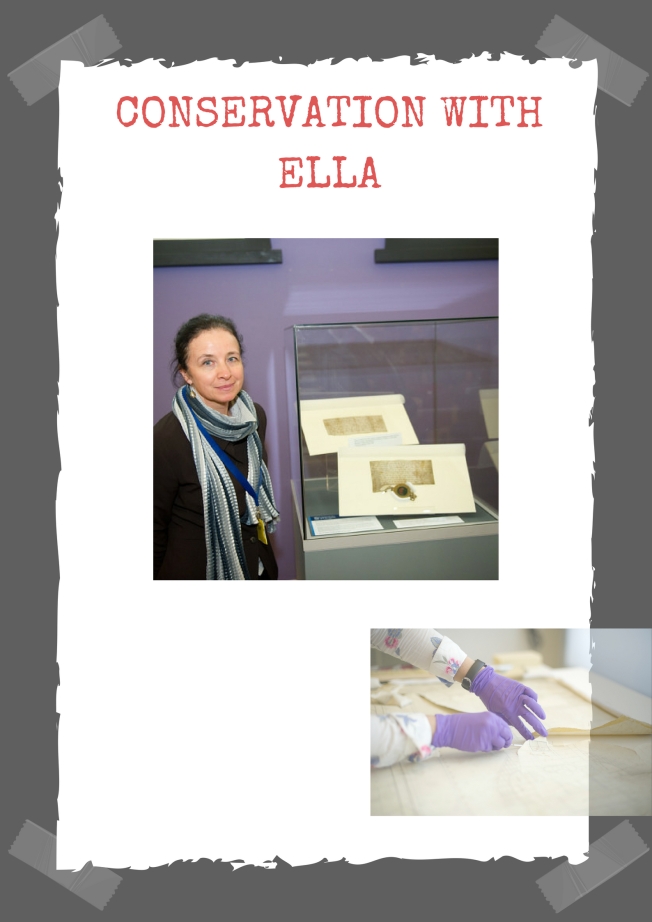
I’m Ella 🙂 this blog is a walk through my daily life, work, arts & crafts history, my discovery that everything in my life is enough to be a continuous source of reflection.
I started blogging to entertain myself but I hope you enjoy it too.
I’m sure you agree, that Life without art is nothing.
🙂